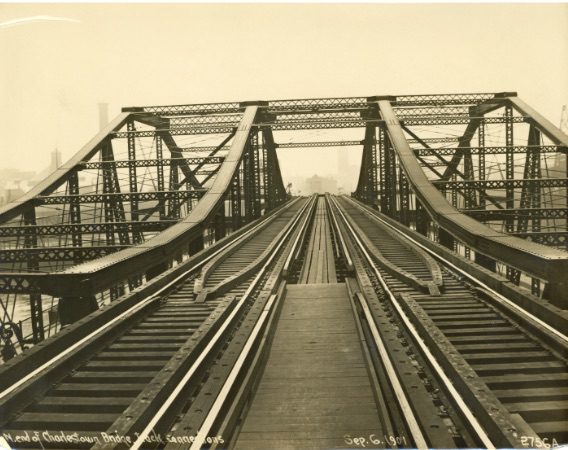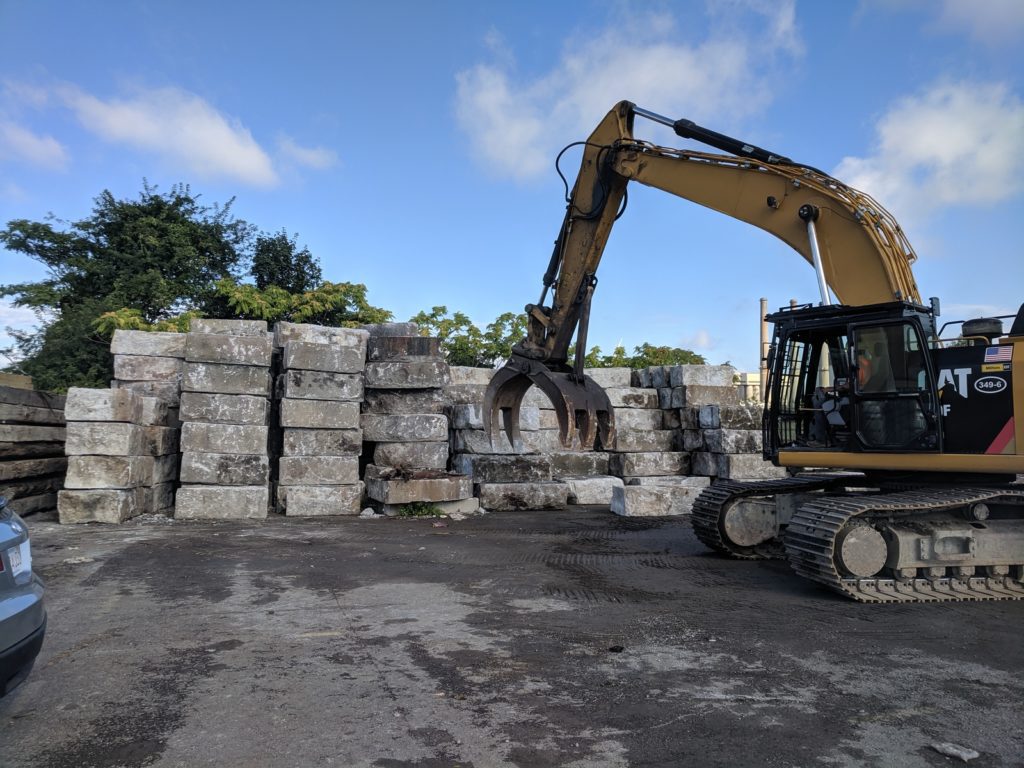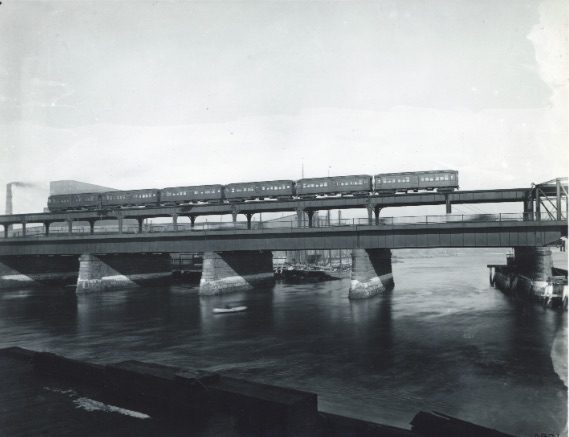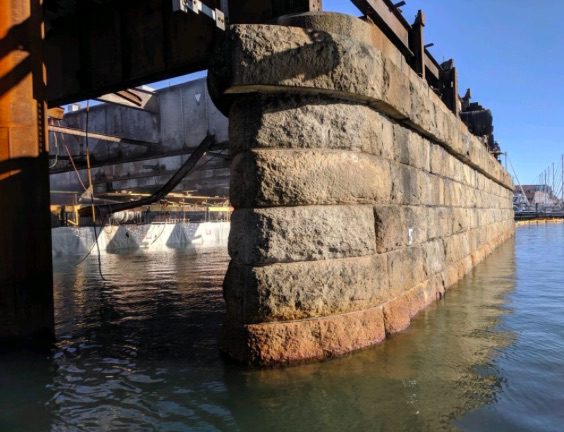At Stone Farm, we are constantly seeking out potential reclamations that will yield antique stone building products. We were beyond excited, when we were approached with the Charlestown Bridge (also known as the North Washington Street Bridge) in Boston. A hard product to find, this bridge has thousands of stone wall blocks that where originally quarried beginning in the late 19th century. To best understand our excitement, let’s take a step back in time and learn more about this iconic bridge’s history.
HISTORY
Built in 1900, the North Washington Street Bridge connected the USS Constitution to the Freedom Trail, and was a main transportation zone for motor vehicles, trains and pedestrians. The construction also featured a center section able to swing to let boats through. The railway portion was demolished in 1975 to make way for the MBTA Orange Line’s Haymarket North Extension. Because the original design was for both an elevated railroad as well as automobiles, the bridge spans 6 lanes. Fun fact: in 1945 a wartime Liberty ship crashed into the bridge when a junior crewman misunderstood his navigational directions and took a chunk out of the lower level.

MATERIAL
This 120 year old structure also includes a history in its masonry construction. The lower masonry of the piers above the foundation is concrete with a heavy facing of granite. The top of the coping and the granite facing of the piers and abutments are 115 feet in length. The masonry above the coping serves to carry the roadway where it passes over the piers and is made of substantial walls of granite. This granite is expected to have been harvested from surrounding quarries in Massachusetts and other parts of New England.
RECLAIMING THE CHARLESTOWN’S GRANITE
A new span-more capable of carrying on the Charlestown Bridge’s responsibility as a main transportation hub for the MBTA Commuter Rail, Amtrak, as well as several subway lines and bus routes is now operational. As the Charlestown is dismantled, we’ll be salvaging the granite blocks and preparing to ship them to our yard in Monroe, CT.
As we continue to harvest these stones for reclaimed stone wall block, we will share additional stories of this incredible bridge that allowed boats, trains, vehicles and people a mode of transportation. This is a truly special Stone Farm find.

To learn more about the reclaimed stone wall blocks that are ideal for stone benches or stone wall block for seawalls, please visit https://stonefarmliving.com/reclaimed-materials/reclaimed-stone-wall-blocks/ or call us at 203.270.2900.


